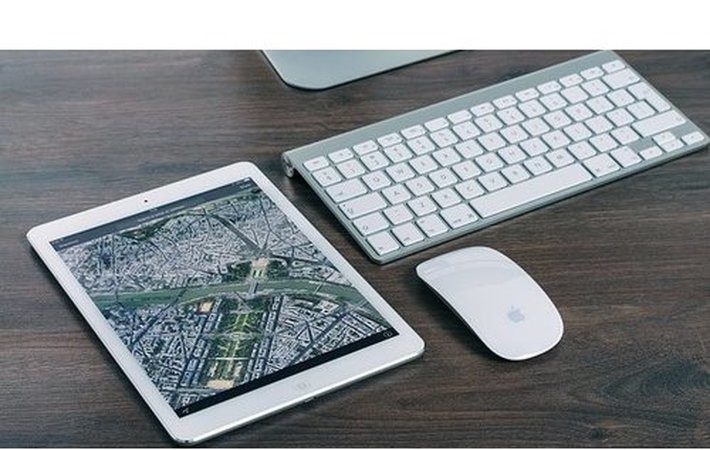
Published on 11/15/2016 | Strategy
The requirements of Industrial IoT solution’s administrative and user dashboards differ to some extent based on whether they are designed to drive new revenue or promote internal cost savings. Regardless of your intended business objectives, the administrative functions of your Industrial IoT solution should be accessible within a web application. System administrators should be able to manage systems features, and access real time system diagnostics and reporting via a cloud-based dashboard. Some organizations may even prefer that the vendor responsible for developing their Industrial IoT solution control the systems management on their behalf.
Industrial Internet of Things solutions that boost revenue should have the following administrative capabilities:
Custom, tiered privileges: All customers should be given unique login credentials that allow them to view and manage their assigned equipment, sensors and/or devices via a web application. The solution’s administrative system should allow customers to define access permissions based on the roles of their own employees or partners. The customer should be able to customize access levels based on their employees’ or partners’ geographic territories, responsibilities, or any other preferred characteristics.
Dashboard customization: Customers should be able to drill down on the data that their Industrial IoT system collects so that they can identify which parameters are important to the unique operation of their business. Your Industrial IoT system should also allow your customers to define the type of data that they want to track on their web dashboard, and choose from a wide selection of graphing and charting options. Their ability to quickly visualize trends and issues with their data will be essential.
Mobile access is not optional: Nearly two-thirds of American consumers are smartphone owners, according to a recent study from Pew Research Center. Late last year Gartner reported nearly 40% of U.S. employees of large enterprises use their personally ownedsmartphone, desktop or laptop daily for work purposes. It’s evident that Industrial IoT solutions that aren’t optimized for mobile and tablet based viewing risk low adoption rates. Developing an administrative dashboard that’s optimized for iOS and Android mobile and tablet viewing is a must.
Native App Integration: Organizations that wish to provide the highest level of customer servicing within their IIoT solution should also consider developing a mobile app with administrative functions. In order to encourage and sustain usage of the app’s dashboard the dashboard functions of the IIoT solution users’ iOS and Android applications should integrate with your solution’s administrative dashboard.
Industrial Internet of Things solutions that improve internal cost savings should have the following administrative capabilities:
User control: The systems administrators of your Industrial IoT solution should be able to manage all user information, including the addition and removal of users, through the solution’s dashboard. This is particularly important in situations where employees are leaving a company.
Defined access: Your Industrial Internet of Things solution’s web dashboard should be equipped with role-based dashboard viewing options. Users that have no administrative role should have limited access to the features and data that are necessary for them to perform their duties. An administrative dashboard with data trend visualizations will enables users to more quickly perform job duties that rely on the collected data.
Regardless of whether you intend to boost revenue or internal cost savings, your Industrial IoT solution should allow users to make more informed decisions faster, and administrators to conveniently access and manage its systems.
What other questions do you have on developing an administrative dashboard for your Industrial Internet of Things Solution?
This article was originally posted on LinkedIn.